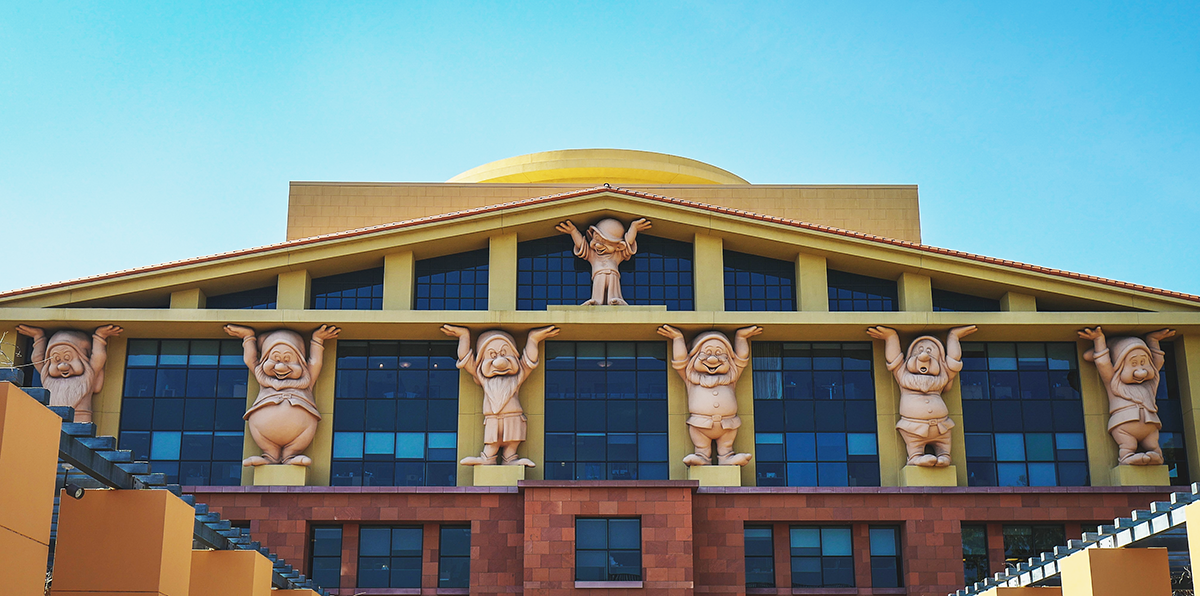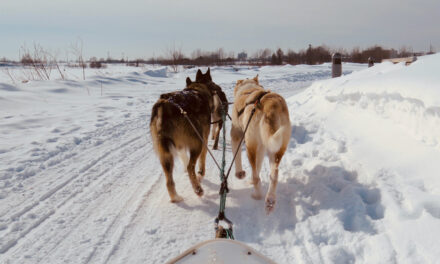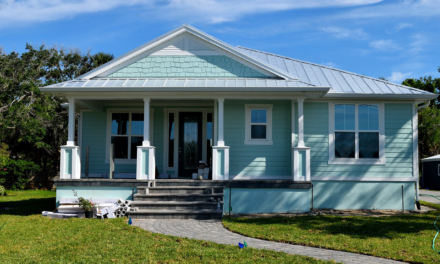Long before it became synonymous with entertainment in California, Burbank began as a hub for sheep ranching and agriculture after its establishment in 1887.
Named after a dentist and entrepreneur, Dr. David Burbank, the city was poised for growth with its fertile land and agreeable climate.
A Skyward Surge: The Rise of Aviation
The early 20th century saw Burbank’s skies fill with aircraft as the city became a pivotal center for aviation.
Companies like Lockheed Aircraft Company set up shop, bringing jobs and cementing Burbank as a critical player in the aerospace industry.
Hollywood’s Neighbor: The Birth of the Entertainment Industry
As Hollywood’s golden age dawned, Burbank emerged as the quintessential partner in cinematic storytelling.
The city’s advantageous geography—a stone’s throw from the heart of Hollywood—combined with its ample undeveloped land, presented a prime locale for studios expanding beyond the traditional confines of Tinseltown. It was here that titans of the industry, Warner Bros. and Walt Disney Studios, planted their flags, signaling the beginning of Burbank’s long-standing romance with the silver screen.
This proximity to Hollywood did more than expand the physical space for studios; it fostered an environment ripe for creative cross-pollination. Burbank quickly grew into a hive of artistic activity, attracting not only filmmakers but also a skilled workforce of set designers, costume makers, and special effects artists. The city’s landscape began to reflect this new identity as sound stages, and backlots sprang up, turning Burbank into a veritable canvas for the imagination.
Moreover, these entertainment juggernauts in Burbank invited innovation and technological advancement within the industry.
As television rose to prominence alongside cinema, Burbank adapted to accommodate this new medium.
The city became a crucible for pioneering broadcasting and film production techniques, cementing its status as a leading light in the entertainment sector.
This burgeoning entertainment nexus did not only redefine Burbank’s economy; it also reshaped its cultural fabric. The influx of creatives and industry workers brought diverse perspectives and cosmopolitan sensibilities, enriching the city’s social atmosphere.
Burbank’s identity was not just that of a suburban outpost but also that of a cultural cornerstone within the greater Los Angeles area, playing a pivotal role in shaping the narratives that would captivate audiences worldwide.
Post-War Prosperity and Suburban Boom: A Cultural Transformation
The end of World War II signified more than just a victory abroad; it heralded a domestic revolution in suburban living, and Burbank was at its heart.
As returning veterans sought the tranquility of home life, Burbank’s suburbs blossomed, creating a demand for an enhanced city infrastructure. This growth was not just numerical but cultural, fostering a community-centric atmosphere that would define Burbank for decades.
With the baby boom in full swing, Burbank’s landscape rapidly transformed to accommodate its growing populace. Schools proliferated, offering educational opportunities that would nurture a new generation of professionals. Parks and recreational facilities sprouted, providing green havens and communal spaces that encouraged social cohesion and a family-friendly environment.
But the most significant aspect of this post-war expansion was Burbank’s deepening relationship with the entertainment industry.
The city became a sanctuary for animators, artists, and filmmakers who, drawn by the suburban boom, contributed to a burgeoning creative class.
This influx of talent led to a symbiosis between the community and the entertainment sector, with the studios offering stable employment and the city providing a supportive environment for creative endeavors.
In this era, Burbank earned its moniker as the “Media Capital of the World,” with the entertainment industry’s growth mirrored by the expansion of residential areas. The city’s identity became inextricably linked to the glamor of Hollywood, yet it retained the charm of a suburban enclave. This balance between showbiz and suburban life was best encapsulated in the development of the civic center, a testament to Burbank’s commitment to community values amidst its entertainment industry boom.
As Burbank navigated this post-war period, it did so with a vision for a community as focused on quality of life as it was on economic prosperity. This era laid the groundwork for a thriving, interconnected community that could support the dreams of families and the fantasies of the silver screen.
Burbank Today: A Media Capital in the Digital Age
Modern-day Burbank is a thriving media capital, home to some of the most renowned names in entertainment.
The city has embraced digital innovation, becoming a magnet for creatives and technology professionals.
Q&A: Delving Into Burbank’s Past and Present
Q: How did Burbank’s early agricultural industry influence its growth?
A: Burbank’s agricultural industry laid the economic foundation for the city, attracting settlers and establishing a pattern of sustainable growth that would facilitate its later industrial and commercial expansion.
Q: What impact did the aviation industry have on Burbank’s development?
A: The aviation industry propelled Burbank onto the global stage, contributing to its economic diversification and shaping its identity as a city of innovation and industry.
Q: How has Burbank maintained its relationship with the entertainment industry?
A: Burbank has maintained its relationship with the entertainment industry by continually updating its facilities, investing in technology, and fostering a business environment conducive to the arts and media.
Q: What strategies has Burbank employed to manage its suburban growth while retaining community charm?
A: Burbank has balanced suburban growth with community charm by preserving historic neighborhoods, maintaining public spaces, and promoting community events celebrating its unique culture and history.
Q: How does Burbank’s media industry contribute to its economy today?
A: Burbank’s media industry is a cornerstone of its economy, providing employment, attracting tourism, and positioning the city as a leader in content creation and media innovation.
Q: What challenges does Burbank face in the digital age, and how is it adapting?
A: Challenges like digital disruption and competition for creative talent are met with Burbank’s commitment to innovation, education, and infrastructure development to support the evolving needs of the media sector.
The Evolution of Burbank
Burbank’s history is a rich transformation narrative, from its pastoral beginnings to its ascent as an aviation powerhouse and its current status as a media juggernaut.
As Burbank looks to the future, it carries the legacy of its past while embracing the digital revolution, ready to adapt and thrive in the ever-changing landscape of entertainment and technology.
What new stories will emerge from this city where dreams take flight, and how will the following chapters of Burbank’s history reflect its indomitable spirit and creative soul?





